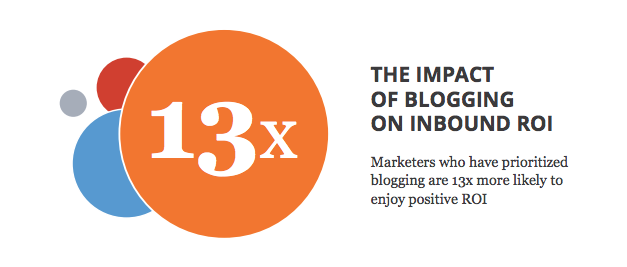According to Wikipedia, Inbound Marketing refers to “marketing activities that bring visitors in, rather than marketers having to go out to get prospects’ attention. Inbound marketing earns the attention of customers, makes the company easy to be found, and draws customers to the website by producing interesting content.”
People are smart
Consumers have become savvy to the sales process, and they don’t like the idea of being sold to. It’s become easier and easier to hang up on a cold caller, and businesses that butt into their daily routines are deemed annoying before they have a chance to even look into what that business is offering.
People want to make a decision to purchase your product or service based on their own due diligence. They want to do the research about your brand and feel confident that they are making the decision to enter the buyer’s process with you.
The sales role is changing
The rise of inbound marketing doesn’t mean that sales is going away. It simply means that the sales activities have changed. Instead of making a cold call and leading a potential customer down the sales funnel within a few minutes, we’re using inbound marketing tactics for them to make their way into the sales funnel themselves. In many cases, there is a point where the sales team takes over and closes the deal, but this time they’re not cold calling because the potential customer is already well acquainted with their brand.

Content is (still) king
The above statistic is from HubSpot’s state of marketing report in 2014. Content is the oil that makes the inbound engine run. Inbound marketing is about creating content that is useful to your potential customers, and to put that content where they can find it. In return for great content, the marketer asks for information about the prospect which will help them to deliver even more great content to them. This process builds trust and also qualifies leads, making sure that both parties involved (the buyer and the seller) are where they want to be. The bottom line is; statistics have shown that the average cost per lead sourced through inbound practices are consistently less expensive than outbound leads. So if your company is still relying solely on outbound sales, there is a big opportunity to get more return on your marketing and sales budget.


